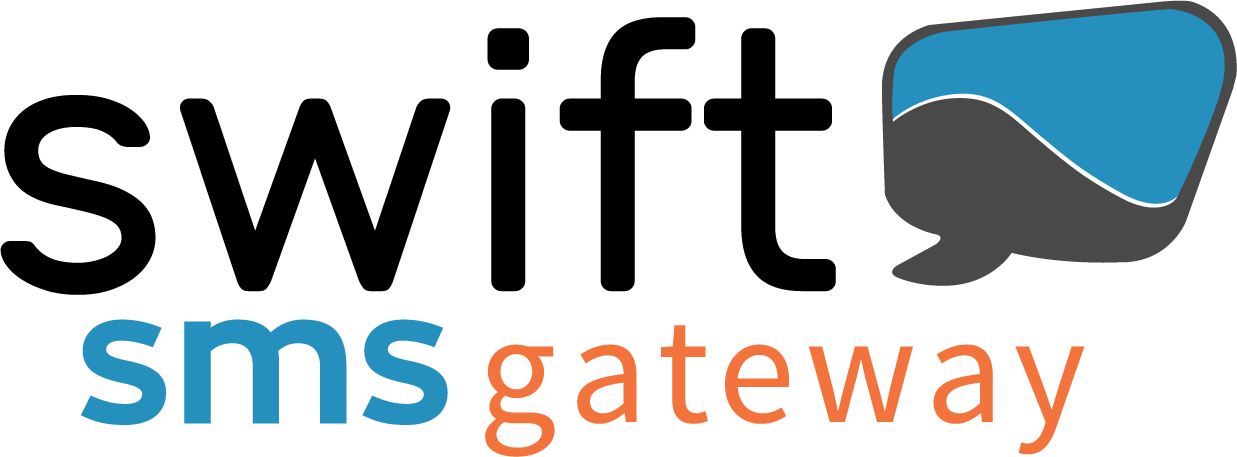Canadian companies should already be familiar with carrier surcharges on long code messaging traffic, but stateside companies are about to get their first experience with these pass-through fees. Verizon began to charge additional long code fees effective in February 2019.
What is a 10-digit Long Code?
A 10-digit long code, also called 10DLC, is essentially a phone number. Long codes cannot be used for marketing purposes, but they have proven essential to business functions such as application-to-person (A2P) messaging. Recently, companies have increased their use of long codes because they lend legitimacy to communications; customers are used to exchanging messages with long code numbers. Additionally, long codes make it easier for businesses to switch between SMS and voice when necessary.
Short codes are typically five- or six-digit numbers used exclusively to send SMS and MMS messages. Customers are probably most familiar with short codes seen on TV: "Text HEART to 55555 to donate $5!"
Short codes are ideal for SMS marketing because they can send thousands of messages simultaneously. Many companies utilize shared short codes to reduce costs, but this practice is becoming less viable in the U.S. due to new carrier restrictions.

What's New About Verizon's Surcharges?
In late 2018, Verizon announced it would introduce new carrier fees for long code A2P messaging traffic beginning in February 2019. Now, every message sent will carry an additional $0.0025 surcharge. So, if you're currently paying $0.01 per message, you can expect to pay $0.0125 per message. This fee will apply to any A2P message sent over the Verizon network. It is unclear whether Verizon will implement a similar fee structure in other jurisdictions.
Canadian carriers Rogers and Telus started implementing carrier pass-through fees as surcharges in the summer of last year, with Bell Canada being the last to implement on Dec. 1, 2018. It is therefore possible that other US carriers along with Verizon will implement long code carrier pass-through fees. They're called pass-through fees because they're paid by the sender to the SMS provider and then on to the carrier.
Prior to this move, carriers had yet to capitalize on commercial long code traffic. Since the volume of it has increased with the aid of chatbots and the demand for A2P solutions, for calendaring alerts, security pins and other such traffic, carriers are now essentially increasing their fees beyond the transit costs already charged. Essentially, Verizon is taking much of the fee structure of short codes and applying it to long codes, minus host fees. Companies that utilize these services will now have to determine which type of number is better suited to their purposes.
What Does This Mean For A2P Traffic?
Any company sending A2P messages over long code on the Verizon network will see a cost increase. Though the surcharge may be small, it has the capacity to add up to a significant amount. For example, if an organization previously spent $1,000 to send A2P messages, it will now spend $1,250 to send the same number of messages.
Long codes support many modern business functions, such as bank notifications, booking confirmations, PIN authentication and system alerts. As more users come to expect these services, telecommunication companies will likely continue to tweak their pricing strategies. To stay up to date on the latest SMS news, check out our resource center.



